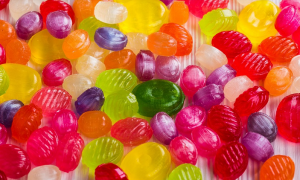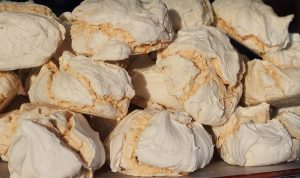
The Salty Truth About Your Ride’s Finish
We all know the feeling: you’ve just gotten your car washed, waxed, and polished to a gleaming shine. The sun sets on another great day, the asphalt seems to shimmer under the evening sky, and you head out for some relaxation. Then, bam! You hit a parking lot with a sprinkle of salt, a hidden patch of icy snow…and suddenly your pristine paint job is facing its first major test.
The question that often pops up: does salt actually damage car paint? It’s not a simple yes or no answer. While salt itself isn’t the villain in this story, it plays a role in how much damage it might cause. The good news is there are steps you can take to protect your car’s beautiful finish.
So, let’s break down the science of salt and its effect on your vehicle: Salt is more than just plain old table-salt. It contains chlorides like sodium chloride and calcium chloride. These substances react with water in the air, creating a corrosive environment for your car’s paint.
Think about driving through winter storms or even just hitting a salt-covered road on your commute home. The salt acts as an abrasive force, slowly eroding the protective layers of paint. This can lead to rust formation and eventually pitting, a dull appearance, scratches, and faded colors in your car’s finish.
You might be wondering about the effect of salt on different materials. Some paints and finishes are more resilient than others. However, even highly-advanced car paints will eventually succumb to the onslaught of salt. The key is understanding these differences so that you can make informed decisions about protecting your vehicle.
Now that we’ve covered the basics, let’s dive into some specific details: First, consider different types of paint. The type of finish your car has plays a huge role in how it handles salt. For instance, clear coat paints offer excellent protection against moisture and corrosion but can be more prone to scratching and chips when exposed to harsh elements.
Then, think about the overall condition of your car. Regularly parked cars are less at risk than those constantly exposed to the elements. This is because they experience fewer cycles of fluctuating temperature and salt exposure.
On a more practical level, it’s important to understand that salt plays a role in moisture retention. When combined with air and dirt, this can increase the chances of your car’s paint getting scratched or faded, even without direct contact with salt itself.
The best way to combat the effects of salt on your car is through regular maintenance. Frequent washing and waxing are essential for removing salt residue before it has a chance to damage your paint. You should also consider using specialized rust-proofing sprays designed for vehicles, especially in colder climates.
So, while salt isn’t directly responsible for causing significant damage to car paint, its presence can create a favorable environment for other elements to break down the protective layers of your vehicle. This is where proactive measures come into play. The key is prevention and protection through regular maintenance routines, proper cleaning techniques, and choosing the right type of paints for your needs.
Protecting your car isn’t just about preventing salt damage; it’s also about preserving its timeless beauty and ensuring you enjoy years of smooth driving experiences. So, take a moment to appreciate your ride’s shine – even amidst the wintery challenges that come with this season!


